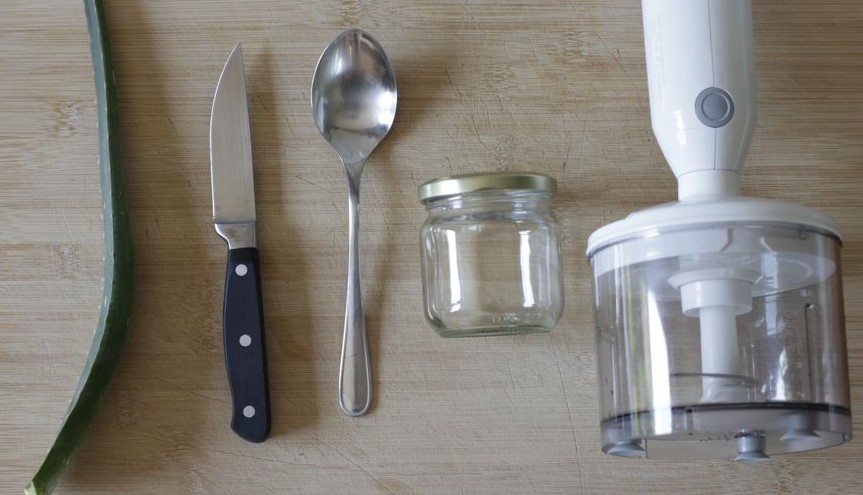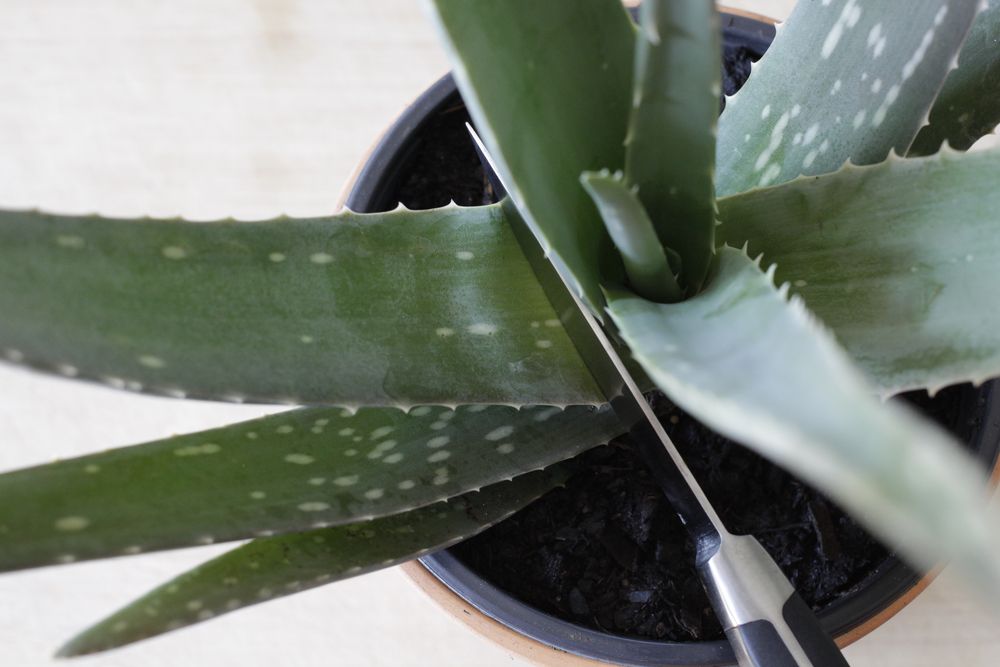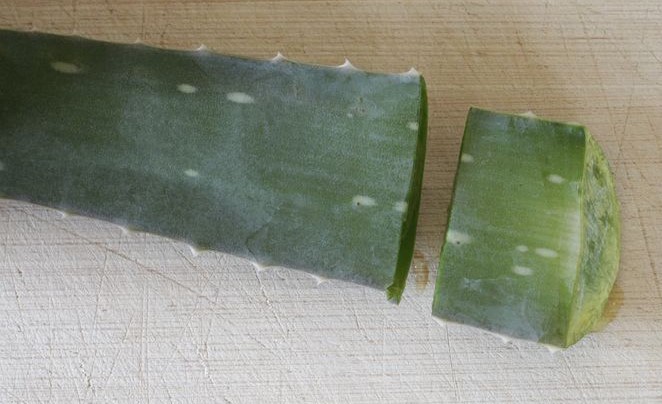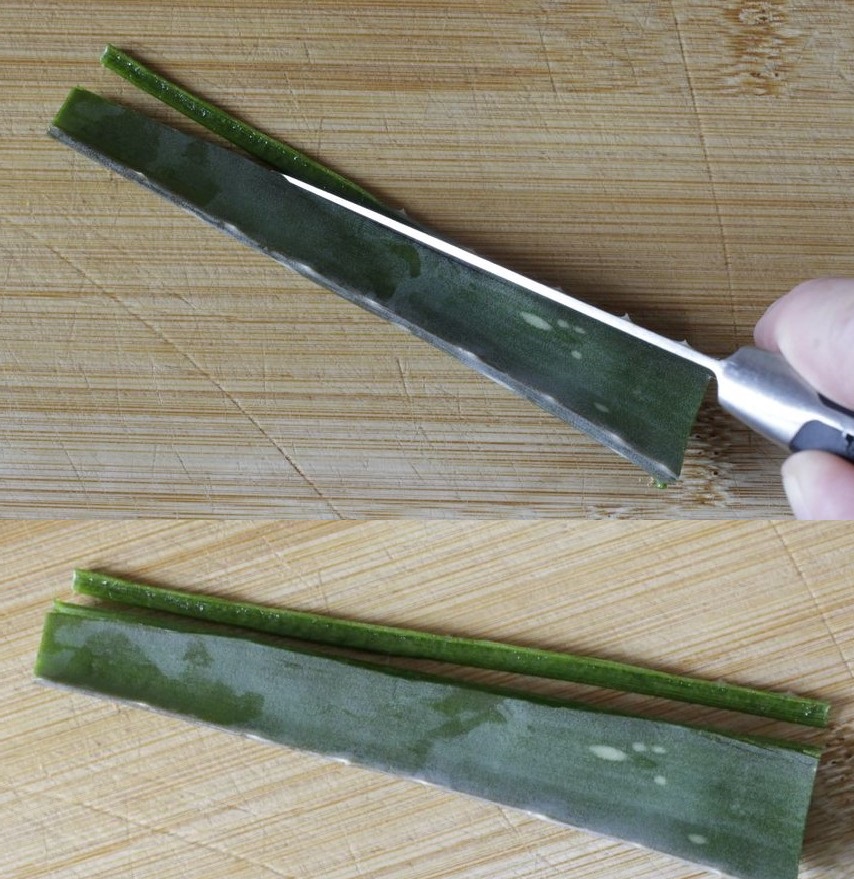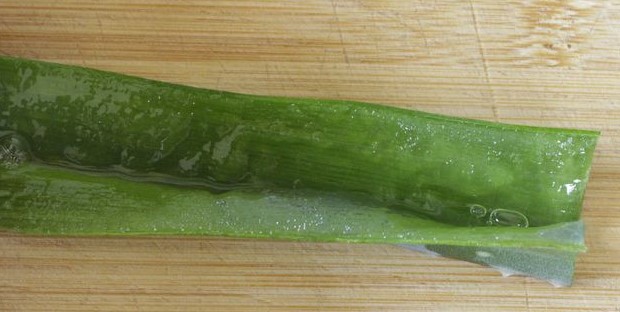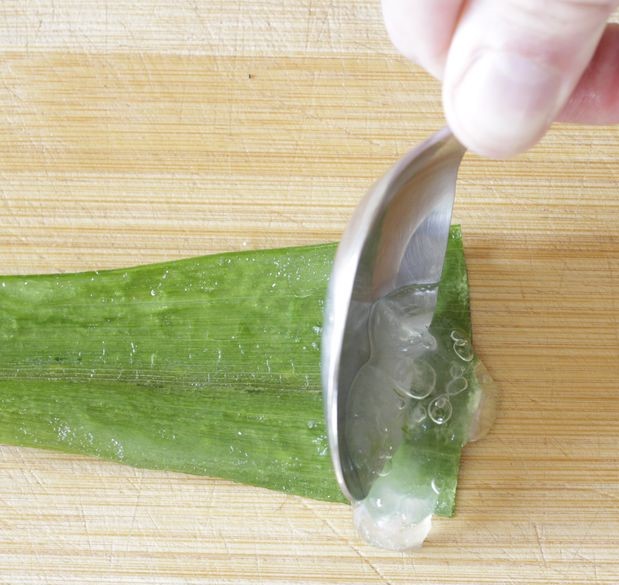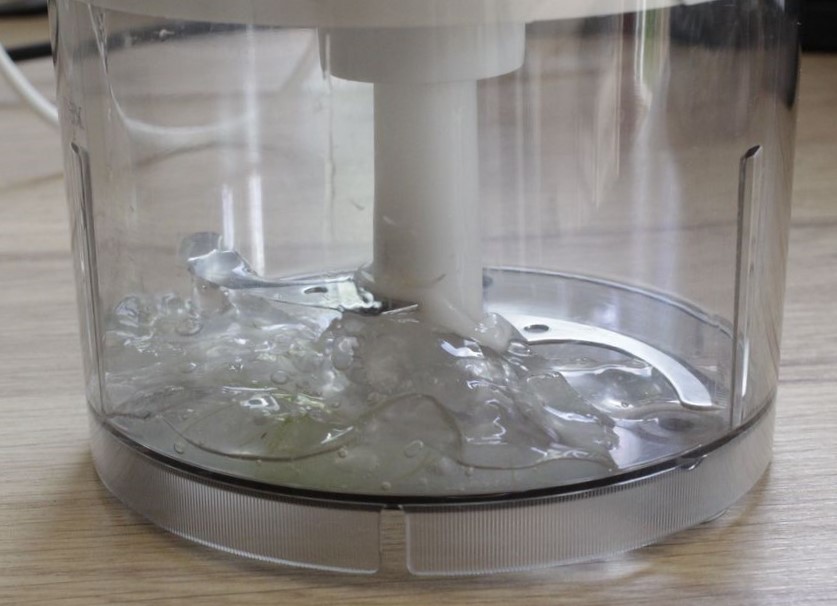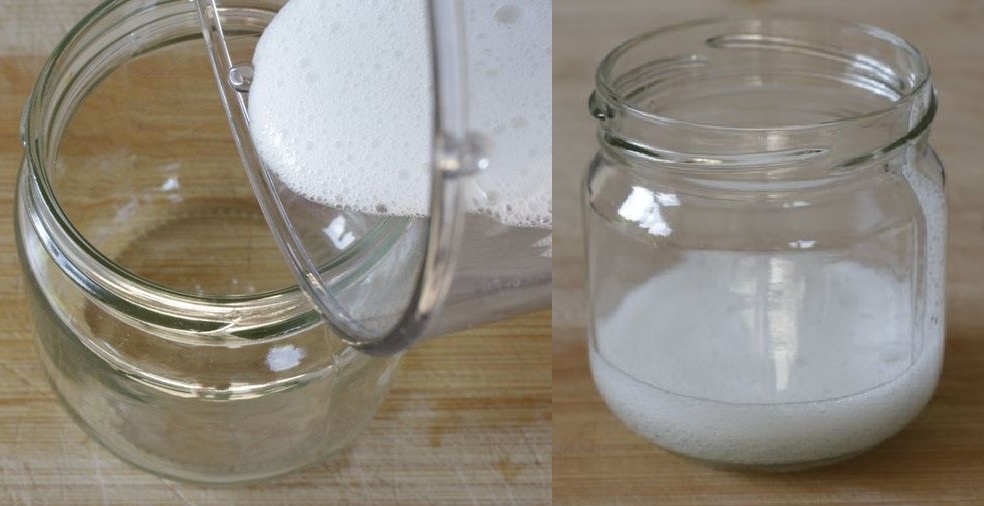
Make your own aloe vera gel. This is the best method.
Did you know that you can use the gel from aAloe Veraeasily harvest them yourself? In this article you will find a video and step-by-step instructions on how to do this.
Aloe vera is a plant that is valued not only for its beauty, but also for its healing properties. The gel contained in the leaves of aloe vera can have a soothing effect on skin irritations, sunburn, insect bites and even burns. Instead of buying expensive aloe vera gel in the shops, you can easily make it yourself. In this article, we show you how to make your own effective gel from fresh aloe vera leaves. You will see that it is not difficult at all and that you can save a lot of money with homemade aloe vera gel.
